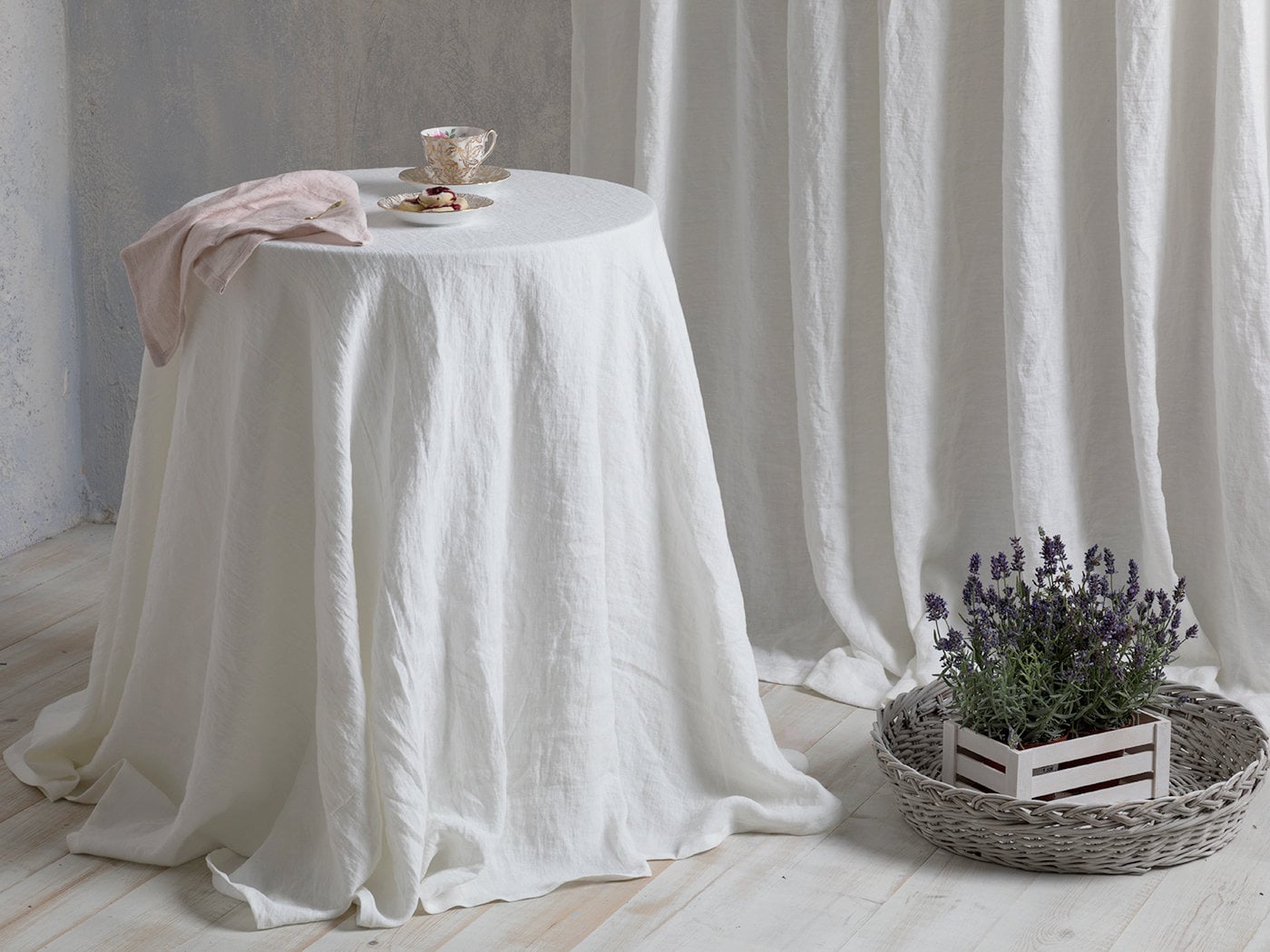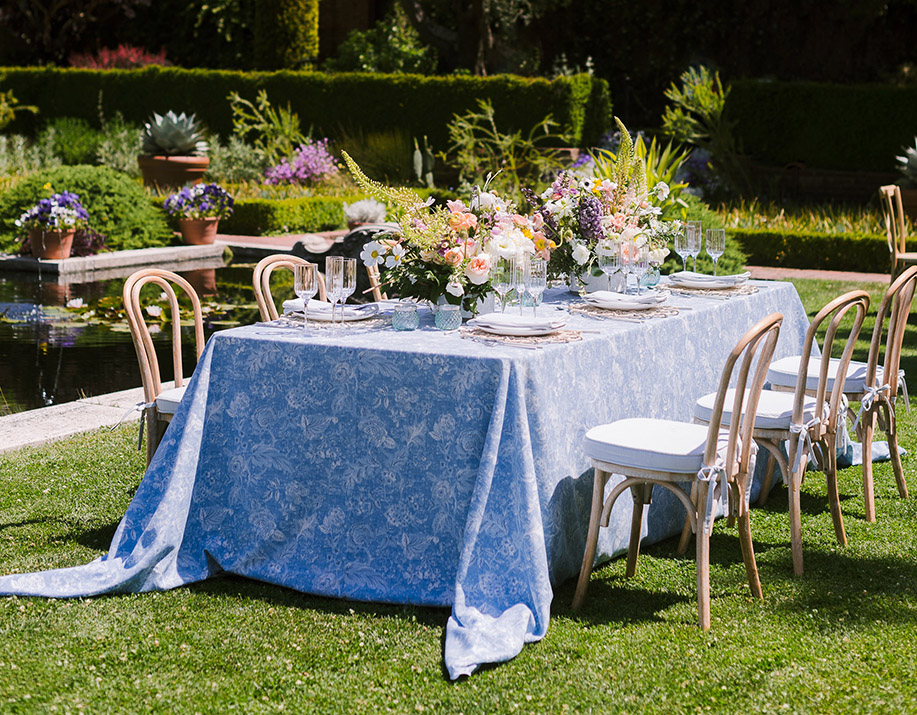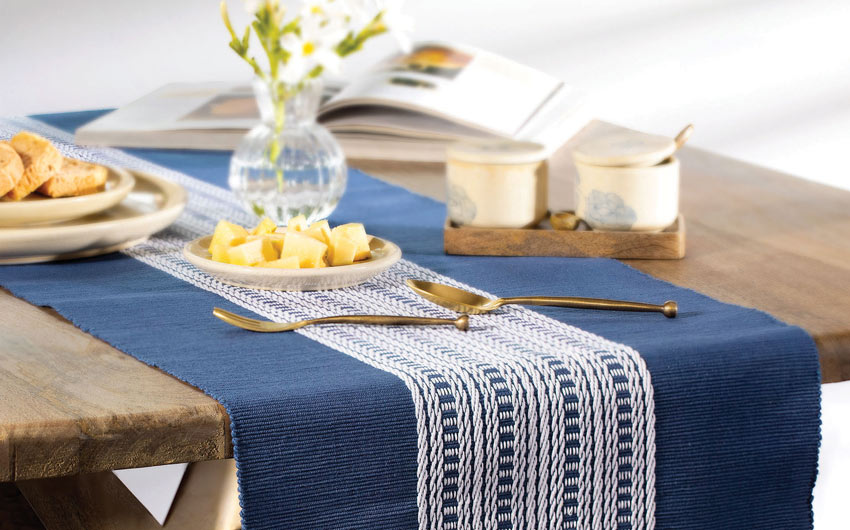Fashionable Table Runner Ideas: Transform Your Dining Experience
Fashionable Table Runner Ideas: Transform Your Dining Experience
Blog Article
Bed Linen Material Technologies: Exploring Modern Trends and Creative Applications in Design and Textile Industry
From sustainable manufacturing techniques to innovative weaving innovations, the evolution of bed linen is improving the landscape of the textile industry. As we delve right into the realms of creative layout applications and the introduction of linen blends and hybrid textiles, a brand-new chapter unfolds in which bed linen's role in future textile technologies takes facility stage.
Lasting Practices in Bed Linen Manufacturing
Lasting techniques in bed linen production have come to be significantly crucial in the fabric market's initiatives to reduce environmental influence and promote ethical sourcing approaches. Linen, an all-natural fiber obtained from the flax plant, provides a series of advantages such as breathability, longevity, and biodegradability. However, standard techniques of bed linen production can entail significant water usage, chemical use, and energy-intensive procedures.
To deal with these obstacles, lots of fabric producers are embracing lasting practices throughout the linen manufacturing process. This includes sourcing flax from natural farms that stay clear of hazardous chemicals and chemicals, implementing water-efficient retting methods to remove fibers from the flax stalks, and utilizing eco-friendly dyes and surfaces. In addition, some companies are buying sustainable power resources to power their manufacturing facilities and reducing waste with recycling and upcycling efforts.
Technical Advancements in Linen Weaving
With the growing focus on lasting techniques in linen production, the fabric market is now observing a rise in technological developments especially focused on revolutionizing the art of linen weaving. These innovations are reshaping the means bed linen textiles are generated, offering enhanced effectiveness, high quality, and imagination in weaving methods.
One of the essential technological developments in linen weaving is the integration of electronic looms. These sophisticated looms are geared up with software application that enables elaborate and complex layouts to be woven with accuracy. By digitizing the weaving procedure, makers can accomplish greater uniformity and precision in their linen fabrics.
Furthermore, improvements in yarn spinning technology have actually made it possible for the production of finer and more sturdy bed linen yarns - table cloths. This causes softer and smoother bed linen materials that keep their quality also after several uses and cleans
Furthermore, the development of eco-friendly dyeing procedures and finishes for bed linen materials is gaining grip. These sustainable techniques not just reduce the ecological influence but additionally satisfy the enhancing customer demand for ethically generated textiles.
Creative Design Applications for Bed Linen
Cutting-edge artistic strategies are progressively forming the creative design applications for linen in the fabric sector. Bed linen's natural aesthetic appeal and ability to mix with other fabrics make it a preferred selection for creating unique garments and accessories that cater to the eco conscious consumer.
In addition, designers are try out linen in home decoration, using its durable and breathable nature to craft trendy home furnishings such as drapes, bed linens, and furniture. The appearance and drape of bed linen bring a feeling of refinement and convenience to indoor rooms, adding a touch of elegance to modern homes.

Bed Linen Blends and Crossbreed Fabrics

Hybrid textiles, on the various other hand, take the idea of blending a step better by including additional components such as metal strings, recycled products, or conductive fibers. These cutting-edge textiles not just expand the design opportunities yet additionally introduce functional facets like conductivity, antimicrobial homes, or improved resilience. Crossbreed fabrics are significantly being utilized in numerous industries, including style, interior decoration, and technical textiles, where the demand for multifunctional materials is on the surge.
Linen's Function in Future Fabric Innovations

In the world of future fabric innovations, linen is expected to be a crucial gamer in the growth of advanced functional fabrics. Researchers and designers click to read more are checking out methods to boost sites bed linen's integral qualities through technological advancements, such as incorporating smart textiles, nanotechnology, and performance finishes. These developments intend to elevate bed linen's efficiency characteristics, making it appropriate for a wider series of applications, from activewear to safety garments.
Additionally, the combination of linen with other natural or artificial fibers opens endless possibilities for developing novel textiles with unique residential or commercial properties and functionalities. By leveraging linen's attributes and discovering cutting-edge blends, the textile industry is poised to present interesting developments that satisfy progressing consumer needs and sustainability needs.
Verdict
Finally, the exploration of lasting methods, technological advancements, imaginative style applications, linen blends, and its duty in future fabric advancements highlight the constant development of bed linen material in the modern layout and textile industry. With a concentrate on development and creative thinking, the convenience and environment-friendly nature of linen make it a beneficial material for suppliers and designers alike, leading the way for more advancements and advancements in the area of fabrics.
As we dig right into the realms of imaginative design applications and the introduction of linen blends and crossbreed fabrics, a new phase unfolds in which bed linen's duty in future textile technologies takes center phase.
Discovering the fusion of bed linen with various other materials has actually led to the emergence of ingenious blends and crossbreed textiles in the modern textile market. Bed linen blends offer a distinct mix of the characteristics of linen with those of various other fibers, resulting in textiles that possess improved buildings such as enhanced longevity, improved draping, and decreased wrinkling.The advancement of linen blends and hybrid materials has established the phase for Bed linen to play an essential function in driving future textile innovations.In the world of future textile advancements, bed linen is anticipated to be a key player in the advancement of sophisticated useful textiles.
Report this page